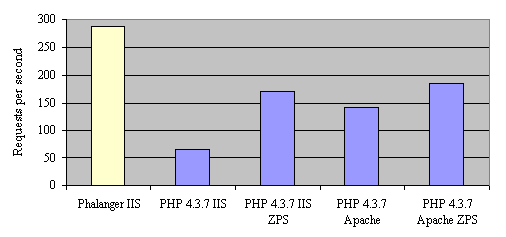Linux wants to get popular. Everyone using linux wants linux to grow bigger and bigger to ultimately have linux be the operating system dominating. err.. correction.. independant distributions and inheritances of linux to avoid the nasty monopoly stuff. Even your mom should start using it.
Sounds good. Even if linux is in some people`s opinion not the best OS it still has the best community backing it and is the most secure OS. It also has got the most support from the community. If something is required or has to be fixed it`ll happen in notime.
So why doesn’t everyone use it already?
The problem is that linux demands too much from the user.
A linux user should be able to at least have a grip of how a console works. And preferably has to know how to compile application and fix bugs when it won’t compile. And a user should know how to get dependencies it misses. An user should read through the fast different documentation of each application to even begin to hope to get it running easily. And an user should start over every time a new version is released.
Sure, they got RPM’s and yumm which makes life a lot easier. But the yum repositries don’t contain everything. If you want some new stuff, or an application with a certain module installed you have to go dig into configuration files, master the console, read through documentation, compile, and offcourse check your version dependencies, etc.
The average windows user like your mom doesn’t even know how drives work and certainly have never heard about the command line. It just wouldn’t work out. They got a lot of trouble even with just one or two options. When confronted with linux with hundreds of possible options and even stranger errors it just won’t work out well between them.
It certainly is possible to stick to the main applications provided by your redistribution and using the yum repositry. But linux will never run as satisfying as when you get it all compiled yourself and configured yourself. This really makes a big difference! I made linux start up a lot faster by compiling the kernel with only the modules I require with computer specific optimalizations. These little things give linux a really big edge over windows.
Linux is and remains only interested for adventerous ‘power’ users with quite some free time on their hands.
